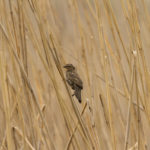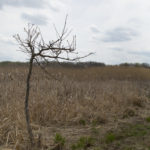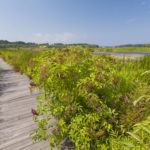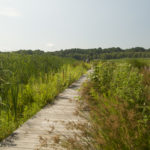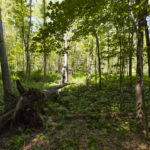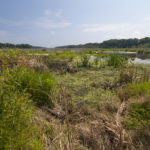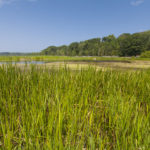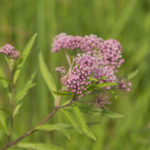by David Kriska
Mentor Marsh has been a National Park Service-designated National Natural Landmark since 1966 for being one of the most species-rich sites on the Great Lakes shoreline. The Marsh was named Ohio’s first State Nature Preserve in 1971 and is a National Audubon Society Important Birding Area. This unique wetland suffered dramatically in the 1960s when salt-mine tailings leached into Blackbrook Creek. By the early 1970s, most of the swamp forest trees and marsh plants had died. The 765-acre wetland basin was overtaken by reed grass (Phragmites australis), a 14-foot-tall nonnative invasive plant from Eurasia. Phragmites grew so densely within the nearly 4-mile-long former river channel that an estimated 1 billion plants were growing just a few inches apart. Partial abatement of the salt source in 1987 lowered salinity levels to borderline brackish conditions along one-third of the marsh and lowered the salinity to freshwater levels on two-thirds of the wetland.
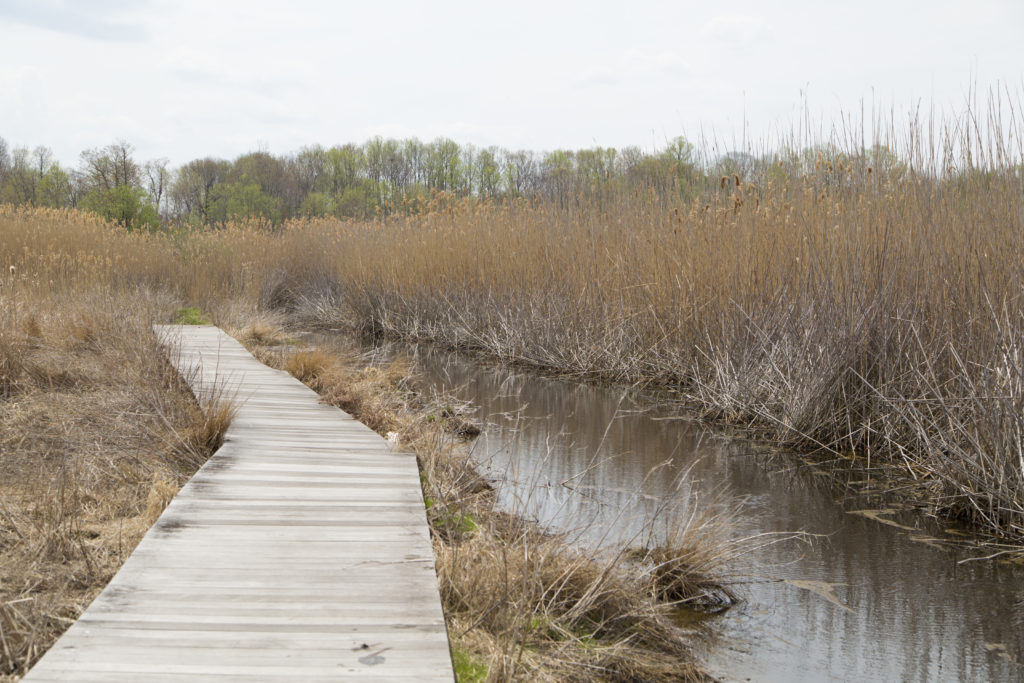
The Cleveland Museum of Natural History began a large-scale restoration of Mentor Marsh in 2012. Guided by Museum restoration ecologists, the Phragmites is being sprayed with an aquatic-safe herbicide and then physically mashed flat to allow native plants to grow. The results thus far have been heartening. Dozens of native plant species are sprouting from the soil seed bank, and Leopard Frogs are expanding throughout. Rare marsh birds—such as American and Least Bitterns, Virginia, King and Sora Rails, and Common Gallinules and Wilson’s snipe—are now nesting. Fish, such as Northern Pike, are spawning, and Yellow Perch fingerlings are starting to use the Marsh as a nursery. Otter, beaver, wading birds, waterfowl and shorebird migrants are starting to use the restored Marsh as stopover habitat. While recent surveys have confirmed Blanding’s and Spotted turtles are no longer present, their recovery is possible.
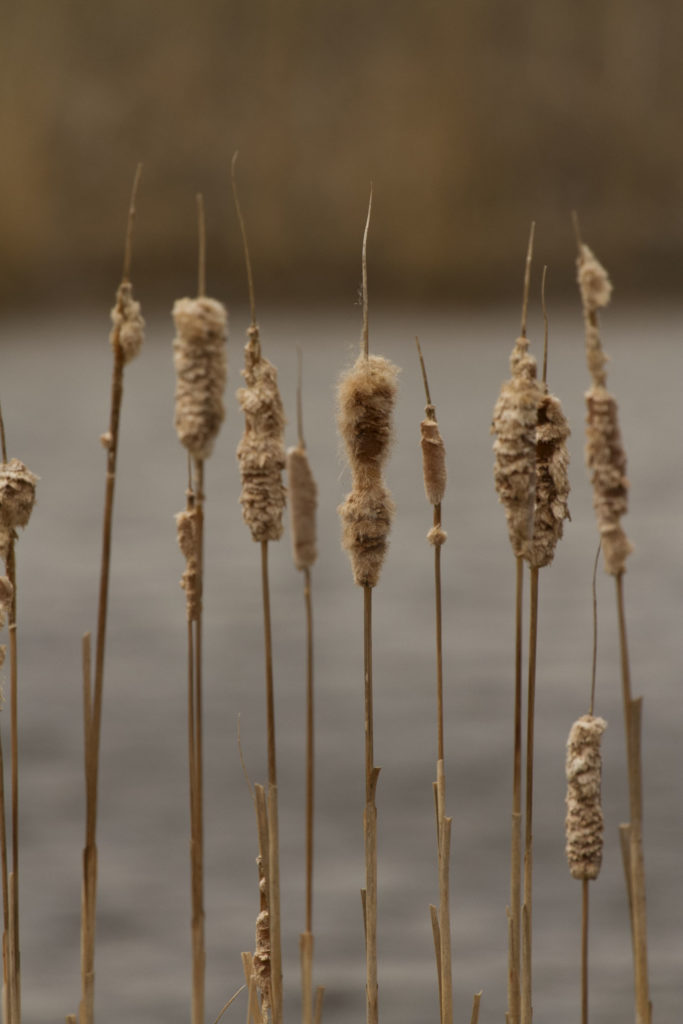
As Ohio’s largest stand of Phragmites, the perennial roots of these tall invaders are well established. Results so far have eliminated 85% of the Phragmites basin-wide, with some older treatment units nearly in the clear while other newer units are experiencing an anticipated bounce back rallying from the massive network of root reserves, or emerging as seedlings from the seed bank. Follow-up on the remaining estimated 15% is critical, requiring an intense commitment of time to traverse the sticky Carlisle muck soil to cover a wetland basin with 12 miles of perimeter.
During the 2017 field season, in an effort to accelerate desired ground cover to outcompete other invasive species lurking nearby, Museum staff, partners, contractors, volunteers and inmates planted over 19,000 live plants of 23 native species in the Marsh. Some of the plants were grown from seeds collected onsite and propagated at a local prison as part of a horticultural job skills program. Other plugs and live stakes were purchased from restoration nurseries and conservation seed growers. We plan to redouble our efforts in 2018, with continued efforts to raise funds towards this worthwhile project.
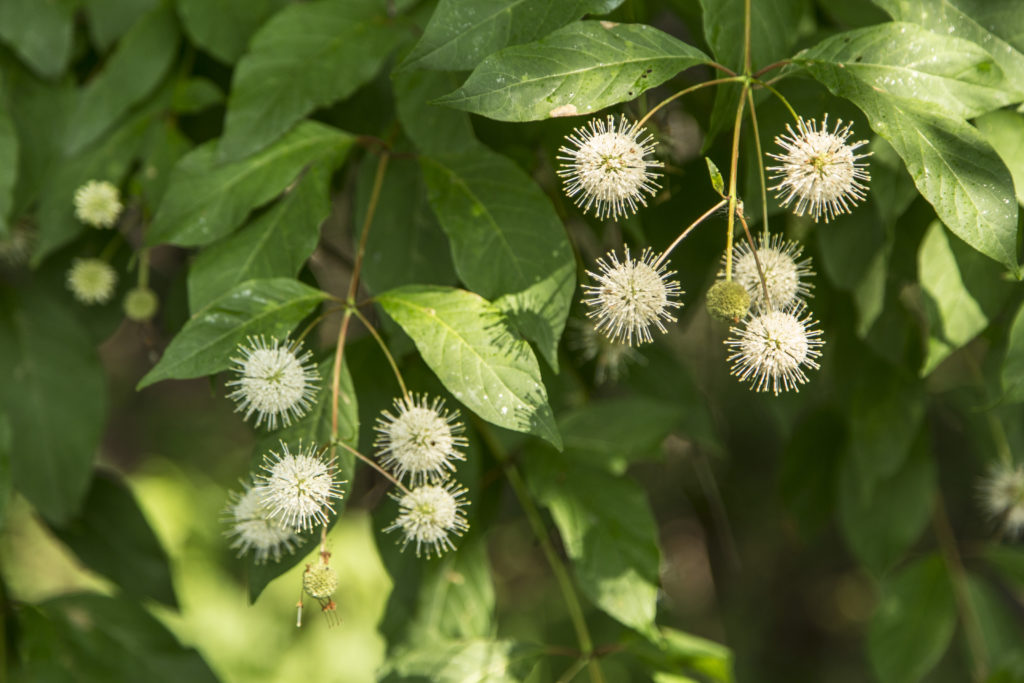
We could not have undertaken this monumental task without the assistance of the many partners, grant funders, volunteers and donors who believed in what we are doing.
David Kriska, Ph.D., is a Restoration Ecologist in the Natural Areas Program of The Cleveland Museum of Natural History
